Home>Home Appliances>Heating & Cooling>Why Is My Macbook Air Heating Up
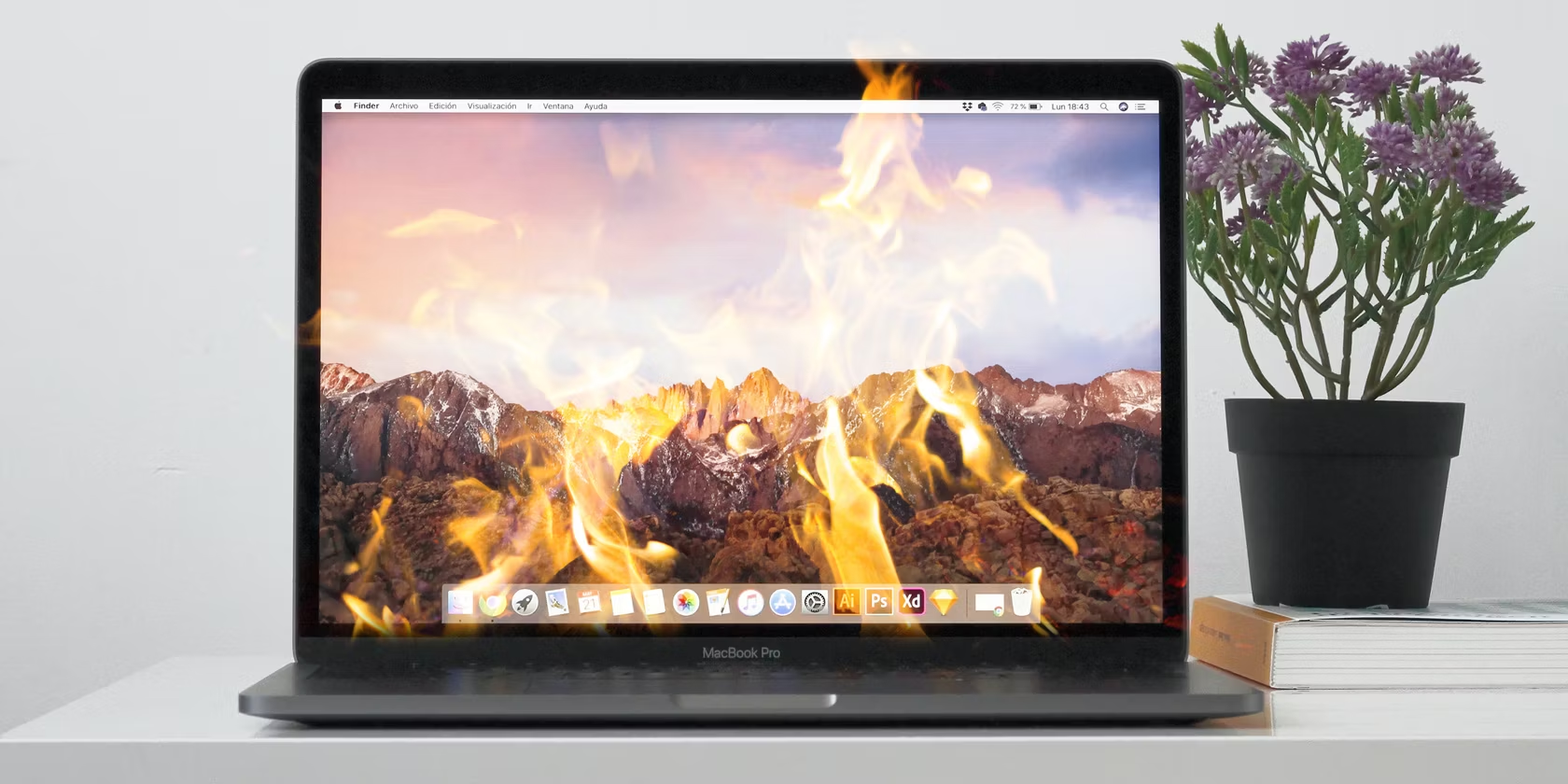

Heating & Cooling
Why Is My Macbook Air Heating Up
Modified: October 27, 2024
Discover the reasons why your Macbook Air is heating up and learn effective heating and cooling solutions. Keep your device running smoothly with our expert tips.
(Many of the links in this article redirect to a specific reviewed product. Your purchase of these products through affiliate links helps to generate commission for Storables.com, at no extra cost. Learn more)
Common Causes of Macbook Air Overheating
MacBook Air is a sleek and powerful device, but like any electronic equipment, it can experience overheating issues. Understanding the common causes of MacBook Air overheating is crucial for maintaining the optimal performance and longevity of your device. Here are the primary factors that can lead to overheating:
-
Dust and Debris Accumulation: Over time, dust, pet hair, and other debris can accumulate in the vents and fans of your MacBook Air. This buildup restricts airflow and prevents proper cooling, leading to overheating.
-
Intensive Tasks: Running resource-intensive tasks such as video editing, gaming, or running multiple applications simultaneously can put a significant strain on the MacBook Air's hardware, causing it to generate more heat than usual.
-
Inadequate Ventilation: Placing your MacBook Air on soft surfaces like a bed, sofa, or blanket obstructs the ventilation system, hindering the dissipation of heat. This can result in the device retaining heat and ultimately overheating.
-
Outdated Software and Firmware: Running outdated operating systems or firmware can lead to inefficient power management, causing the MacBook Air to work harder than necessary and generate excess heat.
-
High Ambient Temperatures: Using your MacBook Air in excessively hot environments or under direct sunlight can exacerbate its tendency to overheat, as the external temperature adds to the heat generated by the device itself.
-
Hardware Issues: Malfunctioning internal components, such as a failing battery, faulty cooling system, or a malfunctioning processor, can contribute to overheating problems in MacBook Air.
Understanding these common causes of MacBook Air overheating empowers users to take proactive measures to prevent and address these issues. By addressing these factors, you can optimize the performance and lifespan of your MacBook Air while ensuring a smooth and efficient user experience.
Key Takeaways:
- Keep Your MacBook Air Cool
Regularly clean vents, avoid soft surfaces, monitor resource usage, update software, and use cooling pads to prevent overheating. This ensures optimal performance and longevity of your device. - Watch Out for Signs of Overheating
Be on the lookout for excessive fan noise, hot exterior, performance slowdown, unexpected shutdowns, screen glitches, rapid battery drain, and unresponsive keyboard or trackpad. Addressing these signs promptly can safeguard your MacBook Air.
Read more: Why Is My Macbook Fan Running
Tips for Preventing Macbook Air Overheating
Preventing MacBook Air overheating is essential for maintaining the device's performance and longevity. By implementing the following tips, users can effectively mitigate the risk of overheating and ensure optimal functionality:
-
Regular Cleaning: Routinely clean the vents and fans of your MacBook Air to remove dust and debris that can impede airflow. Using compressed air or a soft brush, gently clear the vents to facilitate proper cooling.
-
Optimize Workspace: When using your MacBook Air, ensure that it is placed on a hard, flat surface to promote adequate ventilation. Avoid using the device on soft surfaces like beds or couches, as these can obstruct airflow and contribute to overheating.
-
Monitor Resource Usage: Be mindful of resource-intensive tasks and applications that can strain the MacBook Air's hardware. Close unnecessary programs and tabs to reduce the workload on the device, thereby minimizing heat generation.
-
Update Software and Firmware: Regularly update the operating system and firmware of your MacBook Air to ensure efficient power management. These updates often include optimizations that enhance cooling and overall system performance.
-
Use Cooling Pads: Consider using a laptop cooling pad to provide additional airflow and dissipate heat more effectively. These pads are designed to enhance the cooling process and can be particularly beneficial when using the MacBook Air for extended periods.
-
Avoid Direct Sunlight: When using your MacBook Air, avoid exposing it to direct sunlight or excessively hot environments. High ambient temperatures can exacerbate overheating issues, so it's important to maintain a moderate and well-ventilated workspace.
-
Battery Maintenance: Keep an eye on the battery health of your MacBook Air. If you notice any irregularities or rapid depletion, consider having the battery checked by a certified technician to prevent potential overheating caused by a failing battery.
-
Monitor Internal Temperature: Utilize software tools to monitor the internal temperature of your MacBook Air. This proactive approach allows you to identify potential overheating issues early and take necessary precautions to prevent further complications.
By incorporating these preventive measures into your MacBook Air usage, you can significantly reduce the risk of overheating and ensure that your device operates optimally. Proactive maintenance and mindful usage habits are key to preserving the performance and reliability of your MacBook Air.
How to Cool Down a Macbook Air
When your MacBook Air starts to overheat, it's crucial to take immediate action to cool it down and prevent potential damage to its internal components. Here are several effective methods to cool down a MacBook Air and restore its optimal operating temperature:
1. Close Resource-Intensive Applications
If your MacBook Air is running hot, start by closing resource-intensive applications and background processes. This reduces the workload on the device's hardware, allowing it to dissipate heat more effectively.
2. Elevate the MacBook Air
Elevating your MacBook Air can enhance airflow and promote better heat dissipation. Consider using a laptop stand or a simple household item, such as a book, to elevate the rear of the device, creating a slight incline that facilitates improved ventilation.
Read more: Why Is My Hot Tub Not Heating Up
3. Use a Cooling Pad
Investing in a laptop cooling pad can significantly aid in cooling down your MacBook Air. These pads are designed to provide additional airflow and cooling, effectively reducing the device's operating temperature during extended use.
4. Limit Background Processes
Reduce the number of background processes and applications running on your MacBook Air. This minimizes the overall workload on the device, allowing it to operate at a lower temperature and preventing potential overheating.
5. Adjust Power Settings
Optimize the power settings on your MacBook Air to prioritize energy efficiency and cooling. Adjusting the settings to favor cooling over performance can help regulate the device's temperature during intensive tasks.
6. Utilize macOS Activity Monitor
Monitor the resource usage of your MacBook Air using the macOS Activity Monitor. This tool provides insights into CPU, memory, energy, disk, and network usage, allowing you to identify and close processes that may be contributing to overheating.
Read more: Why Is The Hot Tub Not Heating Up
7. Ensure Proper Ventilation
Place your MacBook Air on a hard, flat surface to ensure proper ventilation. Avoid using the device on soft surfaces that obstruct airflow, as this can impede the cooling process and contribute to overheating.
8. Restart the MacBook Air
If your MacBook Air is consistently overheating, consider restarting the device. This can help clear temporary system glitches and reduce the workload on the hardware, potentially alleviating overheating issues.
By implementing these strategies, you can effectively cool down your MacBook Air and mitigate the risk of overheating. It's essential to prioritize the maintenance and well-being of your device to ensure consistent performance and longevity.
Signs of Macbook Air Overheating
Recognizing the signs of MacBook Air overheating is crucial for identifying potential issues and taking timely corrective measures to prevent damage to the device. Here are the key indicators that your MacBook Air may be experiencing overheating:
-
Excessive Fan Noise: When the internal temperature of the MacBook Air rises significantly, the cooling fans operate at a higher speed to dissipate heat. If you notice unusually loud fan noise even during normal usage, it could indicate that the device is struggling to maintain a safe operating temperature.
-
Hot Exterior: A noticeable increase in the external temperature of the MacBook Air, particularly in the vicinity of the keyboard and bottom panel, is a clear indication of potential overheating. The device may feel uncomfortably warm to the touch, signaling an imbalance in its thermal regulation.
-
Performance Slowdown: Overheating can lead to performance degradation, causing the MacBook Air to respond sluggishly to user input. Applications may take longer to launch, and the overall system responsiveness may be compromised as the hardware attempts to manage the elevated temperature.
-
Unexpected Shutdowns: In extreme cases of overheating, the MacBook Air may initiate automatic shutdowns to prevent damage to internal components. If your device frequently powers off without warning, overheating could be the underlying cause, necessitating immediate attention.
-
Screen Artifacts or Glitches: Overheating can impact the display performance, leading to visual artifacts, flickering, or screen glitches. If you observe unusual visual anomalies during device operation, it may be indicative of overheating-related stress on the graphics hardware.
-
Battery Draining Rapidly: Overheating can accelerate the depletion of the MacBook Air's battery, causing it to discharge at a faster rate than usual. If you notice a significant decrease in battery life coupled with other signs of overheating, it's essential to address the underlying thermal issues promptly.
-
Unresponsive Keyboard or Trackpad: Elevated internal temperatures can affect the functionality of the keyboard and trackpad, resulting in intermittent unresponsiveness or delayed input recognition. These symptoms may manifest as a result of overheating-induced hardware strain.
By remaining vigilant for these signs of MacBook Air overheating, users can proactively address thermal issues and safeguard the device from potential damage. Timely intervention and adherence to preventive measures are essential for maintaining the optimal performance and longevity of the MacBook Air.
Importance of Addressing Macbook Air Overheating
Addressing MacBook Air overheating is paramount to preserving the device's performance, longevity, and user experience. Failing to acknowledge and rectify overheating issues can lead to a cascade of detrimental effects that compromise the functionality and reliability of the device.
First and foremost, addressing MacBook Air overheating is essential for preventing potential hardware damage. Prolonged exposure to elevated temperatures can adversely impact the internal components, including the processor, graphics card, and battery. Overheating accelerates wear and tear on these critical elements, potentially leading to premature hardware failure and necessitating costly repairs or replacements. By promptly addressing overheating, users can mitigate the risk of irreversible damage to the MacBook Air's vital components, thereby extending its operational lifespan.
Furthermore, mitigating MacBook Air overheating is crucial for sustaining consistent performance. When the device operates at an elevated temperature, it may enter thermal throttling, a protective mechanism that reduces the processing power to manage heat. This results in diminished performance, slower application responsiveness, and overall suboptimal user experience. By addressing overheating, users can ensure that their MacBook Air maintains peak performance levels, enabling seamless multitasking, efficient application execution, and a responsive computing environment.
In addition, addressing overheating contributes to user comfort and safety. An overheating MacBook Air can exhibit uncomfortably high external temperatures, posing a potential risk of discomfort or even minor burns to users. By effectively managing the device's thermal output, users can interact with their MacBook Air without concerns about excessive heat generation, enhancing overall comfort and safety during usage.
Moreover, addressing overheating is integral to preserving battery health. Elevated temperatures can accelerate the degradation of the MacBook Air's battery, leading to reduced capacity and diminished overall lifespan. By preventing overheating, users can safeguard the battery's longevity, ensuring sustained usage between charges and minimizing the need for premature battery replacements.
Ultimately, addressing MacBook Air overheating is fundamental to upholding the device's reliability, performance, and user well-being. By prioritizing proactive measures to mitigate overheating, users can safeguard their investment, optimize their computing experience, and prolong the operational lifespan of their MacBook Air.
Frequently Asked Questions about Why Is My Macbook Air Heating Up
Was this page helpful?
At Storables.com, we guarantee accurate and reliable information. Our content, validated by Expert Board Contributors, is crafted following stringent Editorial Policies. We're committed to providing you with well-researched, expert-backed insights for all your informational needs.
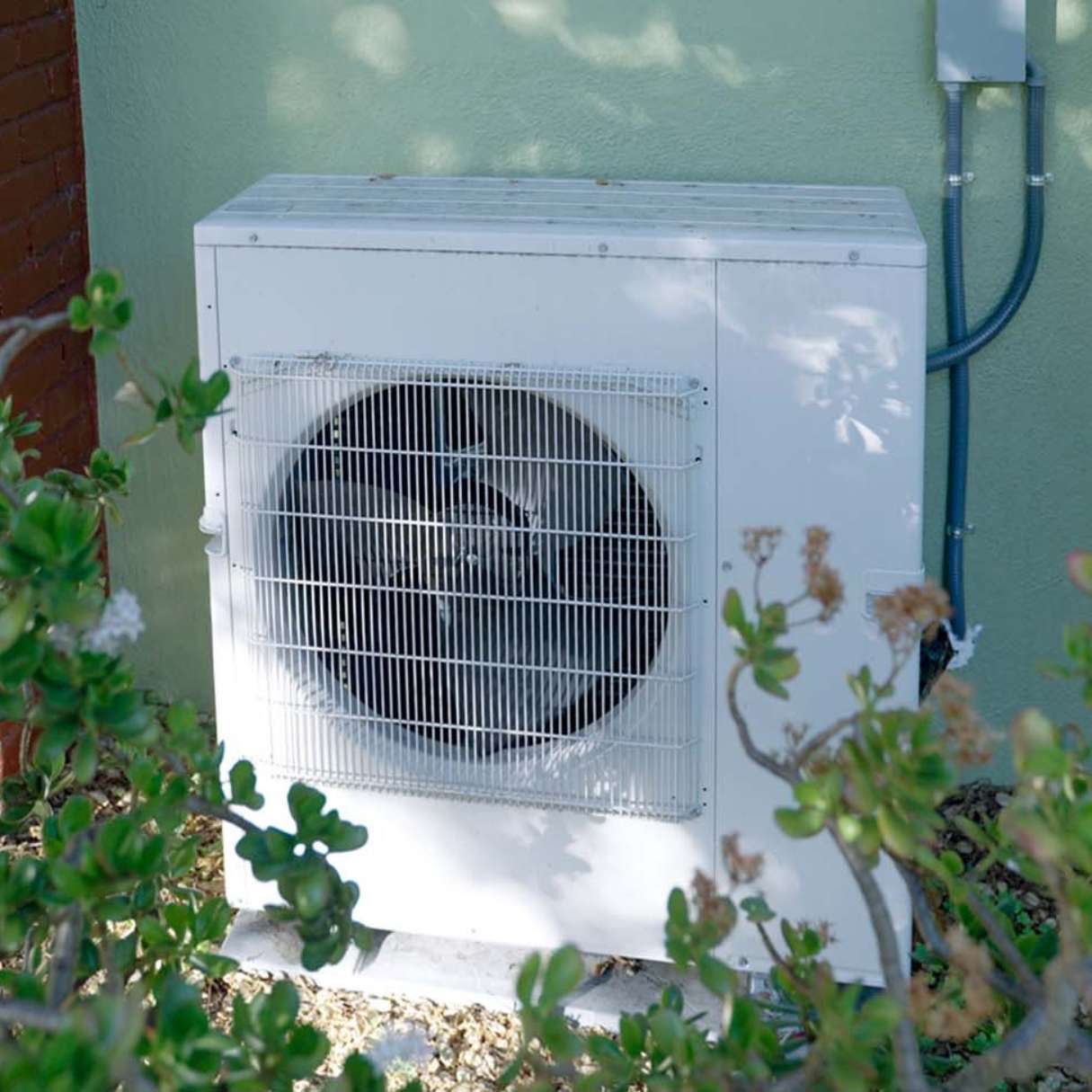

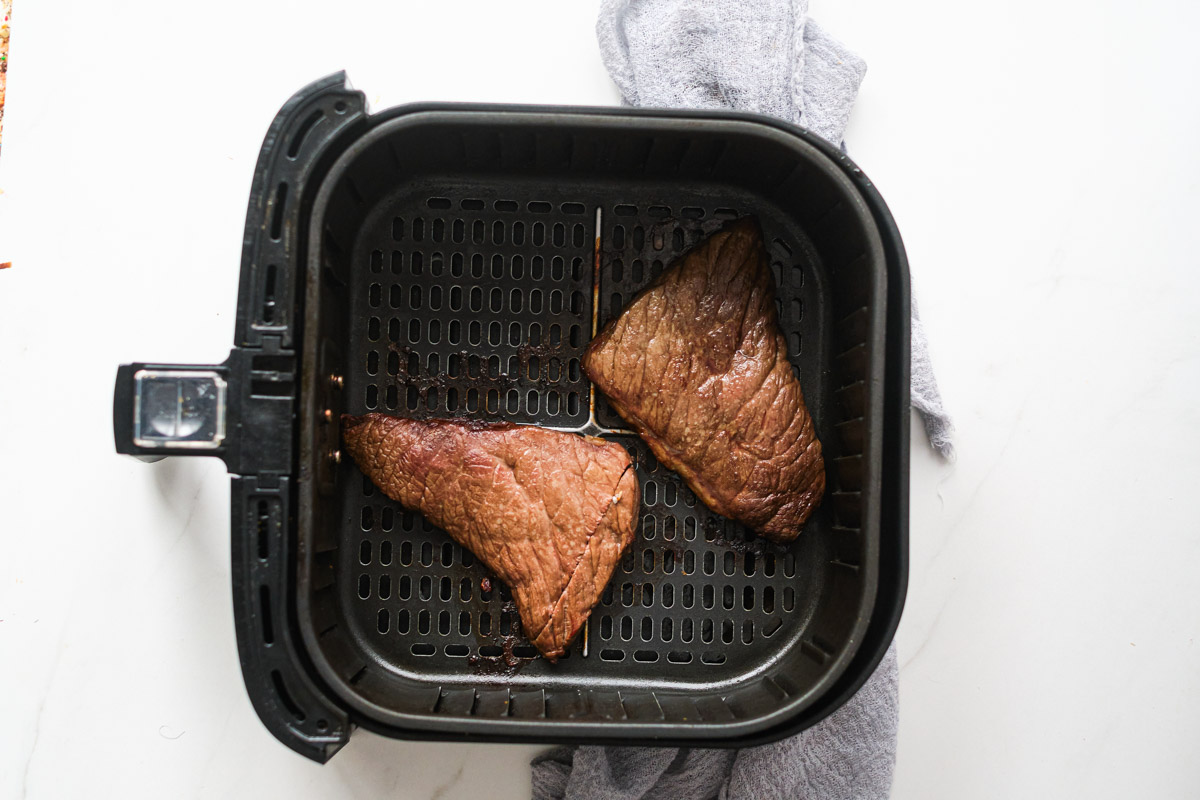
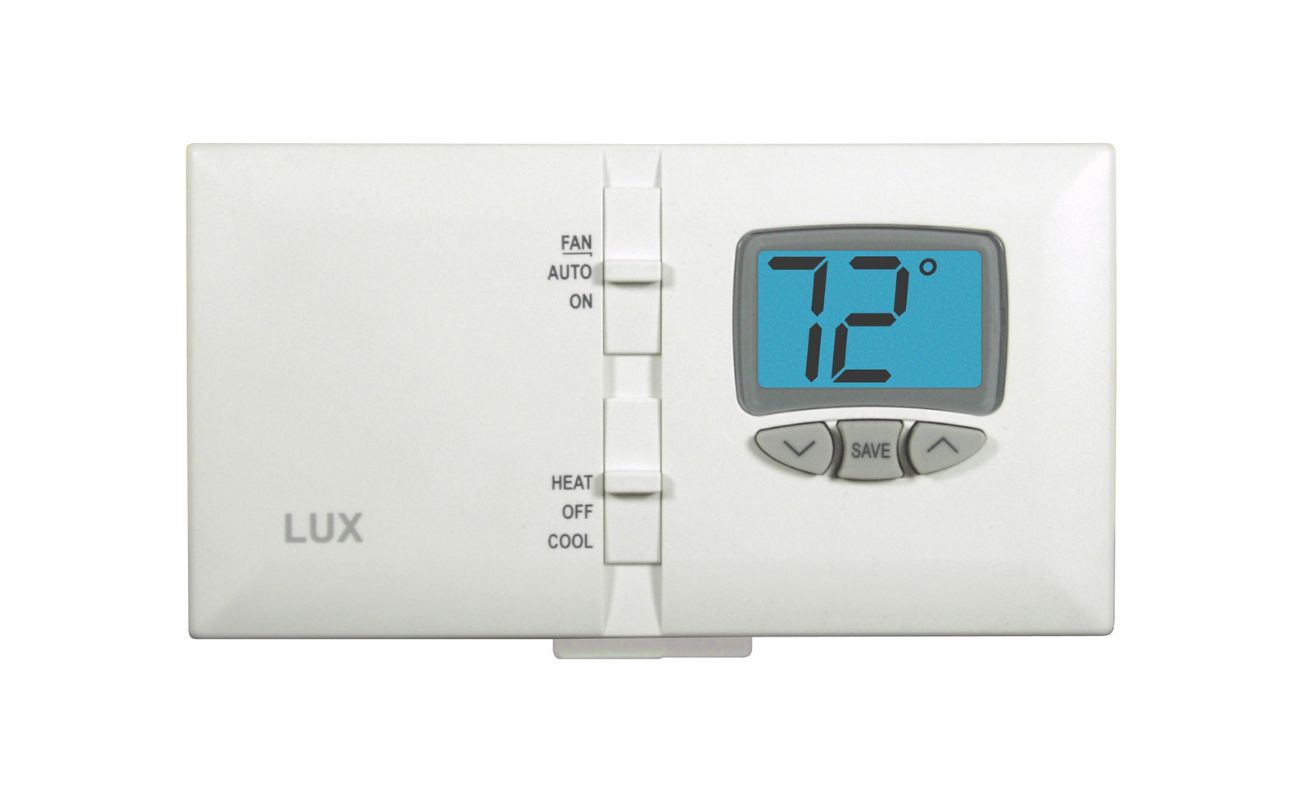
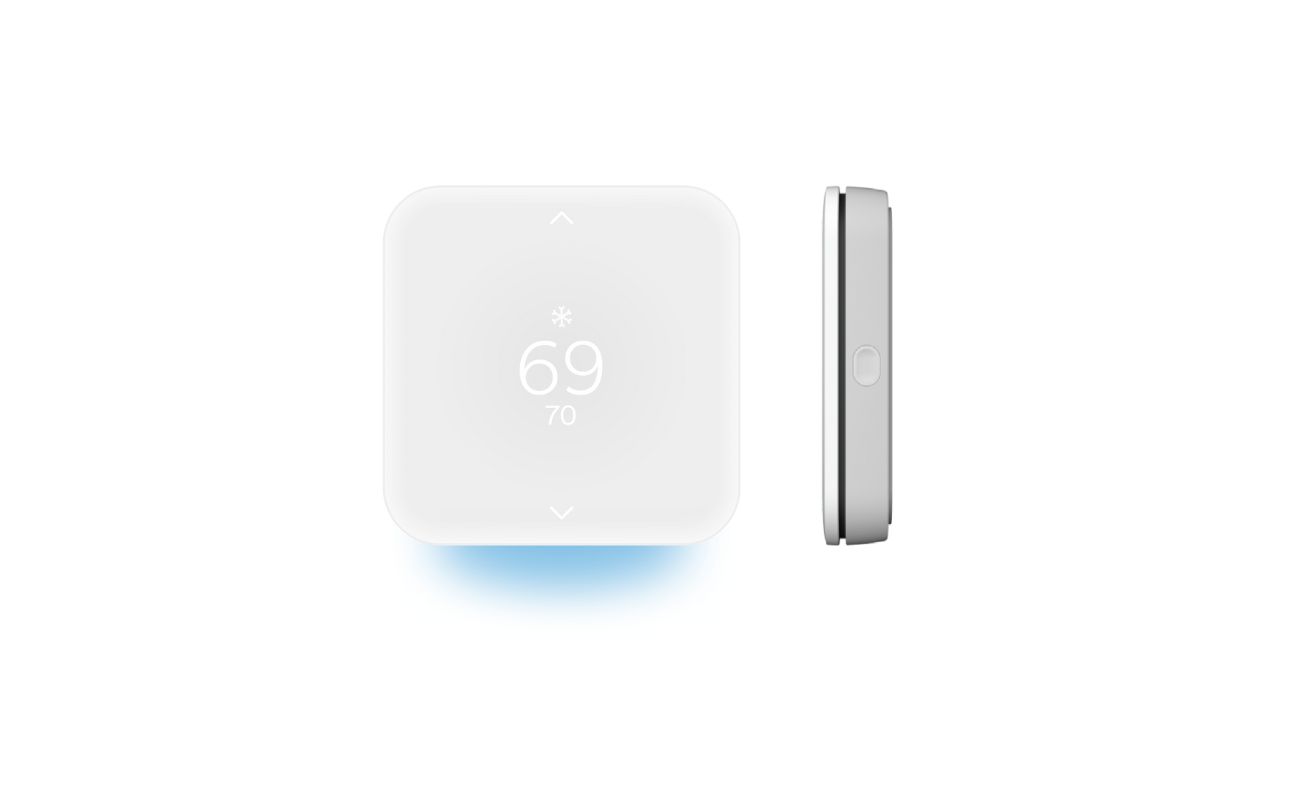
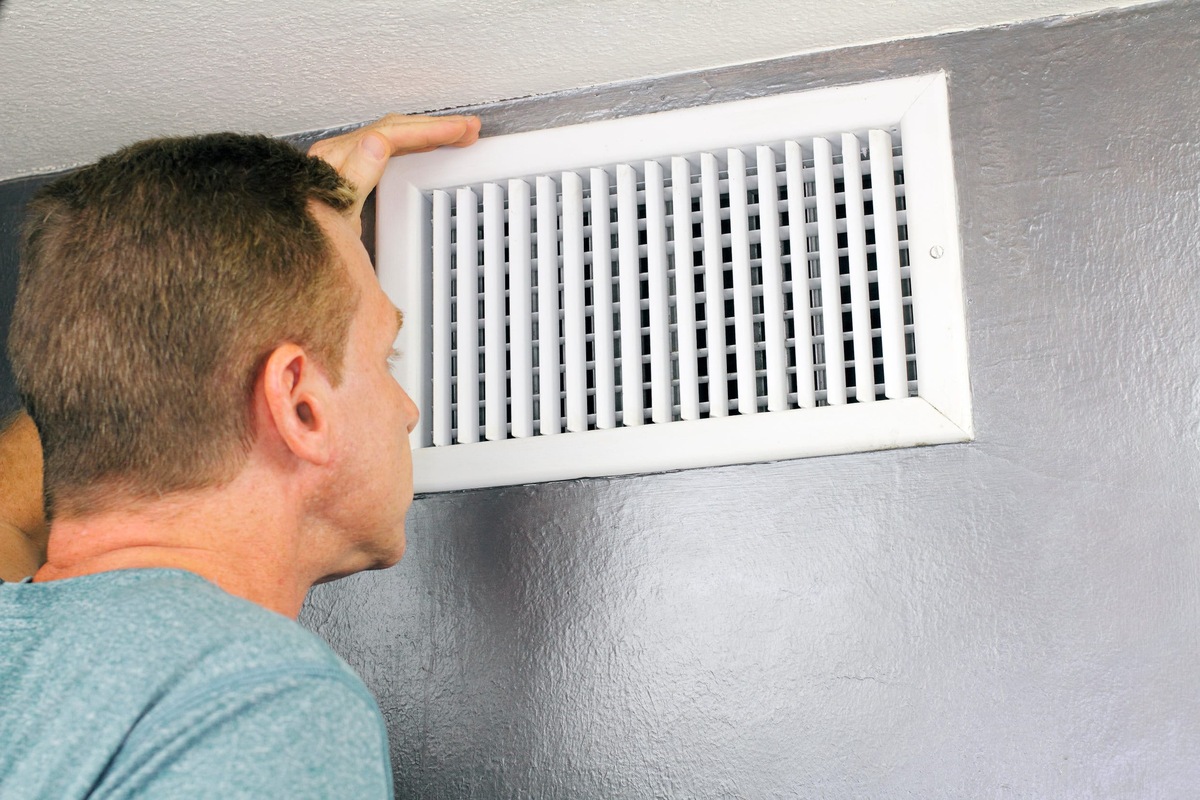
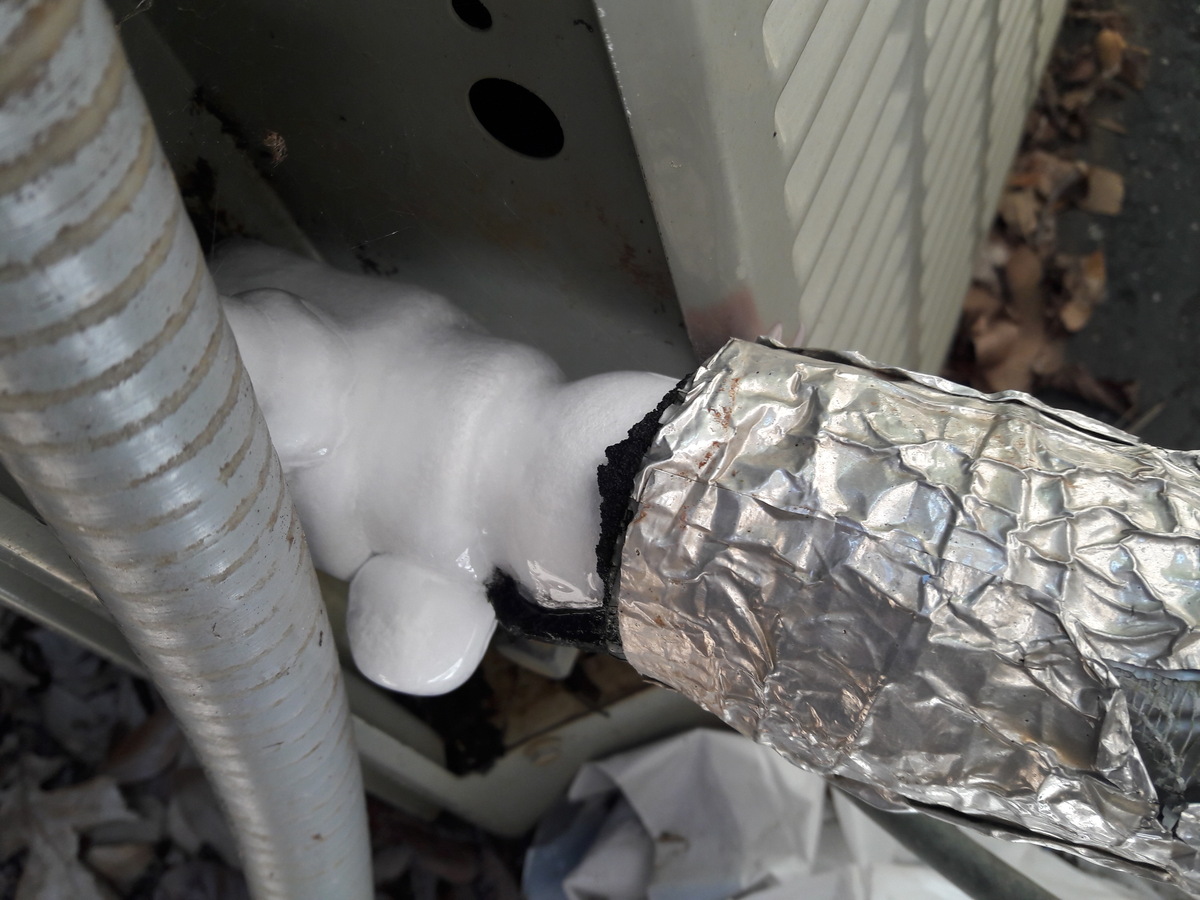
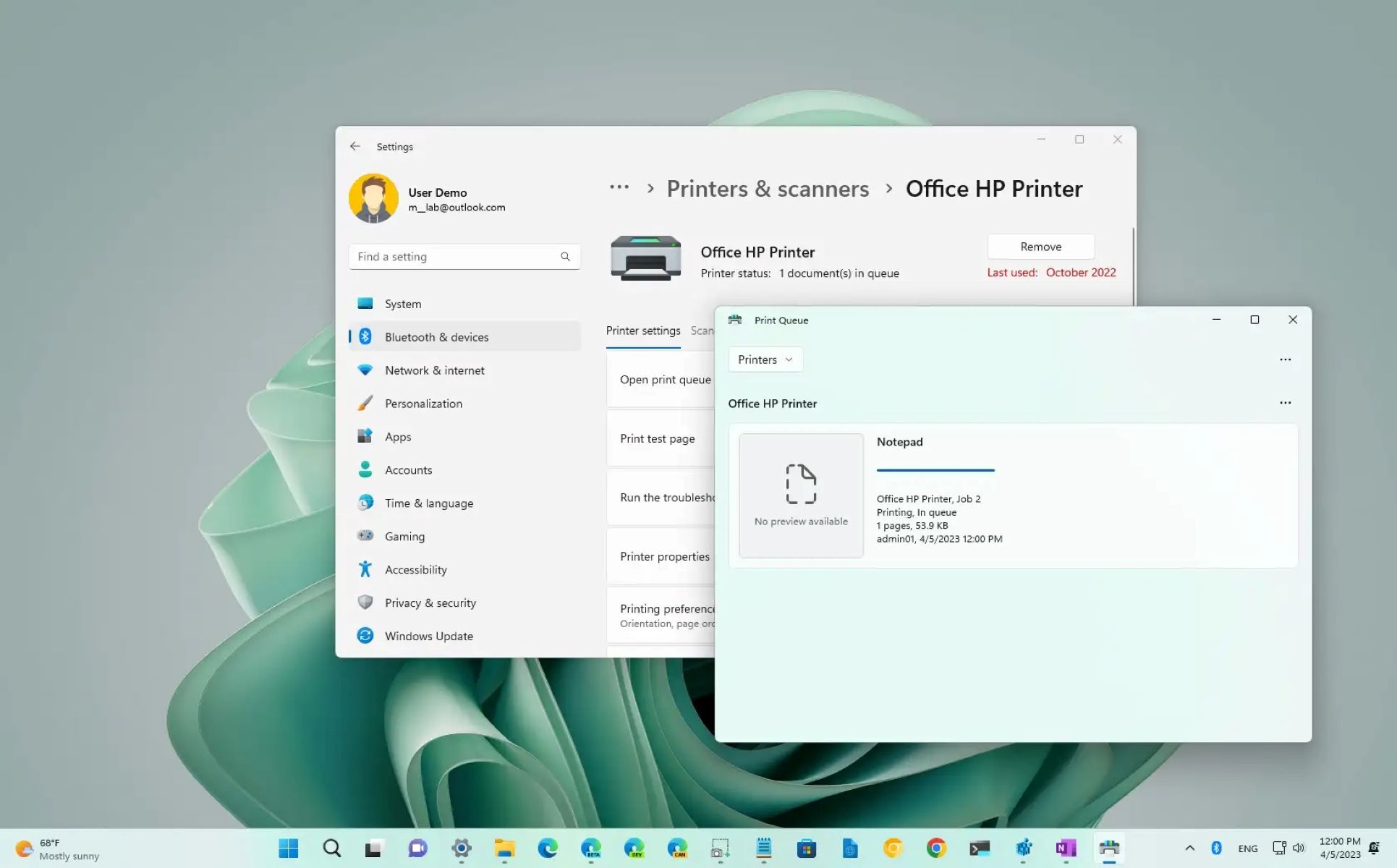
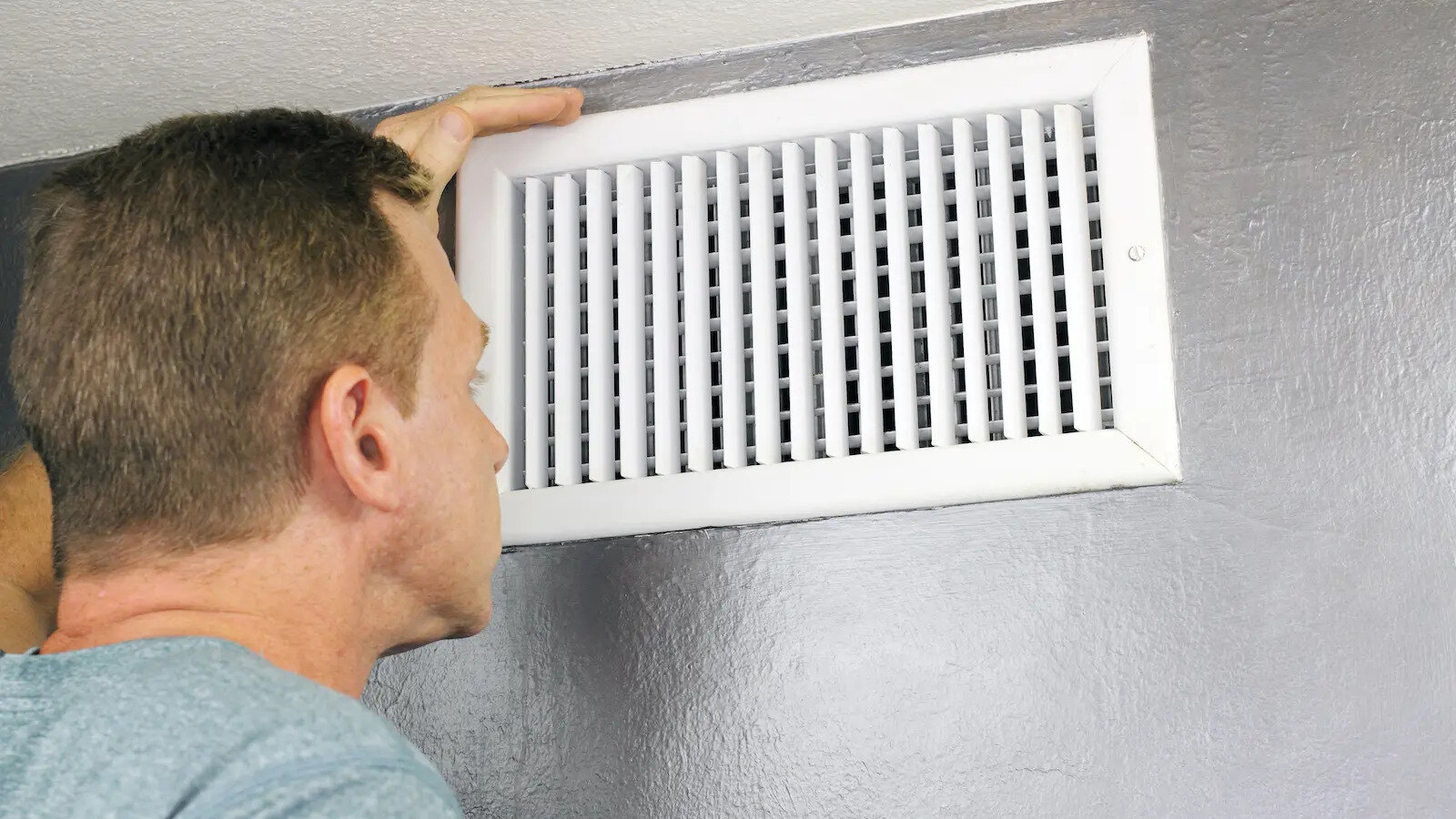
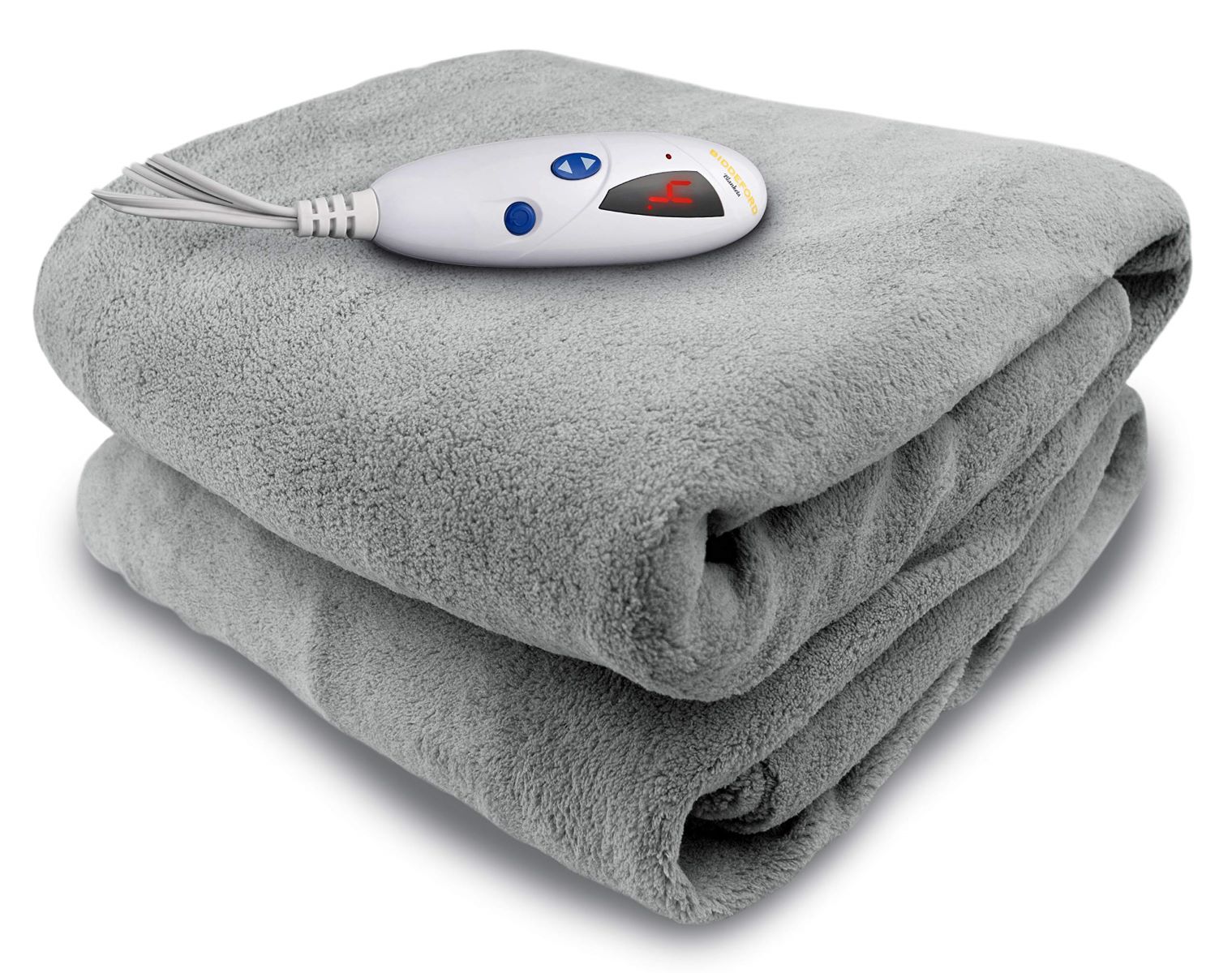

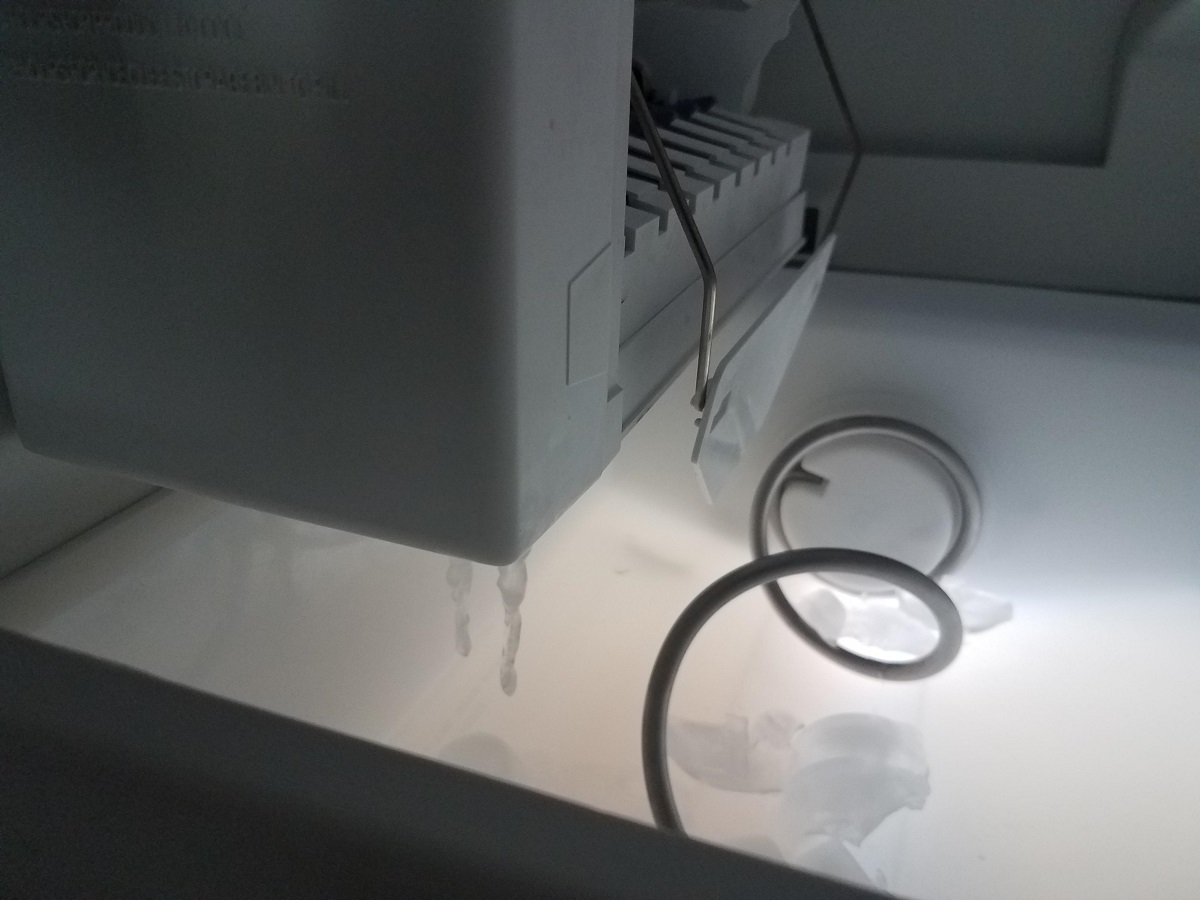


0 thoughts on “Why Is My Macbook Air Heating Up”